HS-PS3-3
Design, build, and refine a device that works within given constraints to convert one form of energy into another form of energy.
-
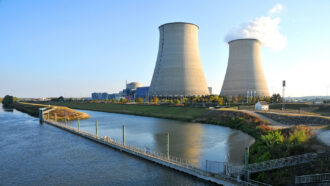 Physics
PhysicsScientists Say: Fission
Nuclear fission is the process of splitting atoms apart to release huge amounts of energy.
-
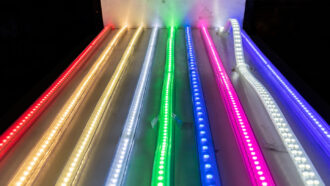 Tech
TechScientists Say: LED
LEDs, or light-emitting diodes, light up TV screens, traffic lights and many other devices used in daily life.
-
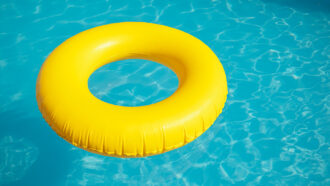 Tech
TechTeens’ new tech would send alerts to reduce preventable deaths
A trio of teen innovations created devices that can speed up the response time to pool accidents, overheating in cars and combat-related injuries.
By Anna Gibbs -
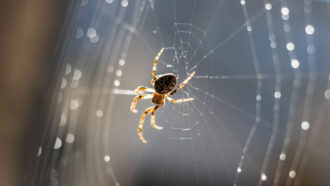 Animals
AnimalsOrb-weaving spiders use their webs like external eardrums
Scientists discover that orb-weaving spiders listen with their legs, detecting sound vibrations that travel through their silken webs.
-
 Chemistry
ChemistryCellulose may keep ice cream from turning gritty in your freezer
Adding nanocrystals extracted from wood avoids the growth of ice crystals, keeping your treat smooth and creamy.
By Anna Gibbs -
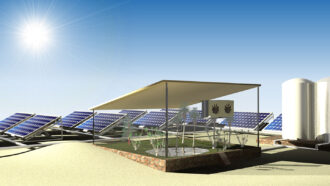 Tech
TechThis sun-powered system delivers energy as it pulls water from the air
The device not only produces electricity but also harvests water for drinking or crops. It could be especially useful in remote and dry parts of the world.
By Laura Allen -
 Materials Science
Materials ScienceNew cloth cools you when you’re hot, warms you when you’re cold
Scientists 3-D printed the new fabric, which has even more tricks up its sleeve — such as conducting electricity and resisting radio waves.
-
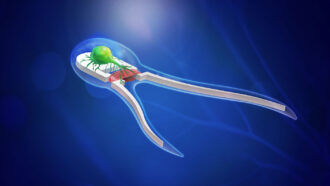 Tech
TechRobots made of cells blur the line between creature and machine
Scientists are using living cells and tissue as building blocks to make robots. These new machines challenge ideas about robots and life itself.
-
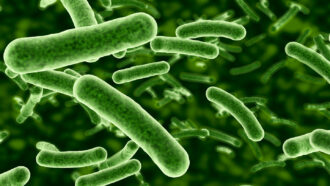 Microbes
MicrobesGenes point to how some bacteria can gobble up electricity
A new study shows how some microbes absorb and release electrons — a trait that may point to new fuels or ways to store energy.
-
 Brain
BrainScientists Say: Haptic
Haptic is an adjective used to describe things related to our sense of touch.
-
 Physics
PhysicsGetting cozy with a science experiment
Items you use in your home can inspire a scientific experiment.
-
 Physics
PhysicsScientists Say: Piezoelectric
Piezoelectric materials produce an electric voltage when they are bent or squished. This can let us harvest electricity from movement.